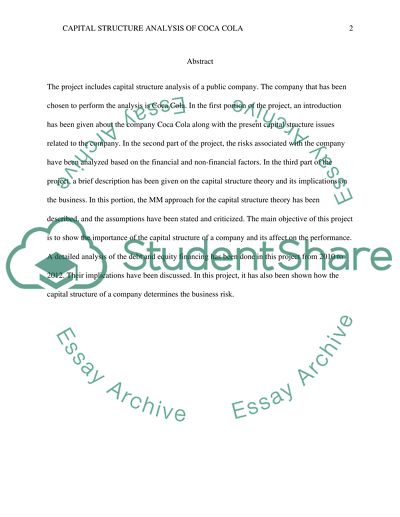Cite this document
(“Capital structure theory, issues and debates while showing how capital Research Paper”, n.d.)
Capital structure theory, issues and debates while showing how capital Research Paper. Retrieved from https://studentshare.org/finance-accounting/1471656-capital-structure-theory-issues-and-debates-while
Capital structure theory, issues and debates while showing how capital Research Paper. Retrieved from https://studentshare.org/finance-accounting/1471656-capital-structure-theory-issues-and-debates-while
(Capital Structure Theory, Issues and Debates While Showing How Capital Research Paper)
Capital Structure Theory, Issues and Debates While Showing How Capital Research Paper. https://studentshare.org/finance-accounting/1471656-capital-structure-theory-issues-and-debates-while.
Capital Structure Theory, Issues and Debates While Showing How Capital Research Paper. https://studentshare.org/finance-accounting/1471656-capital-structure-theory-issues-and-debates-while.
“Capital Structure Theory, Issues and Debates While Showing How Capital Research Paper”, n.d. https://studentshare.org/finance-accounting/1471656-capital-structure-theory-issues-and-debates-while.


